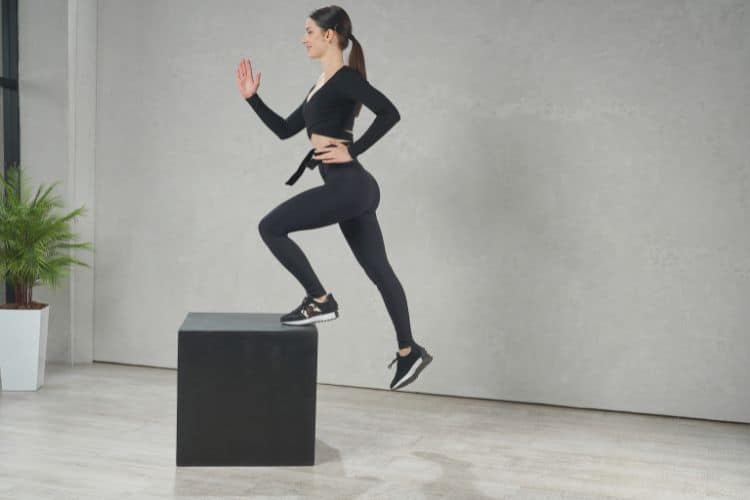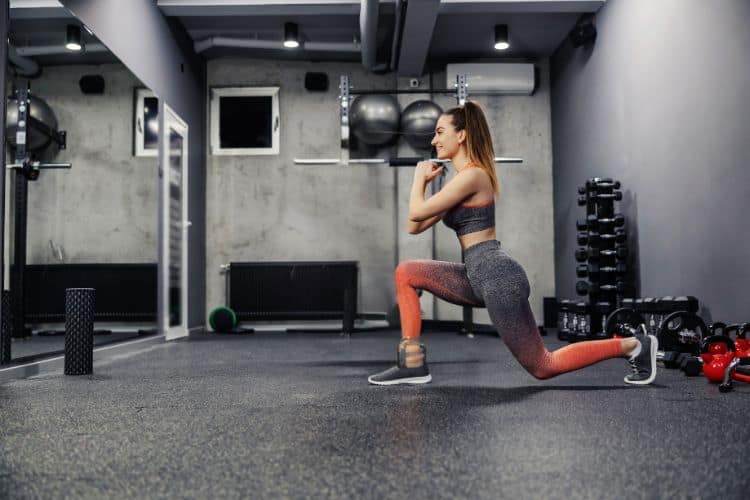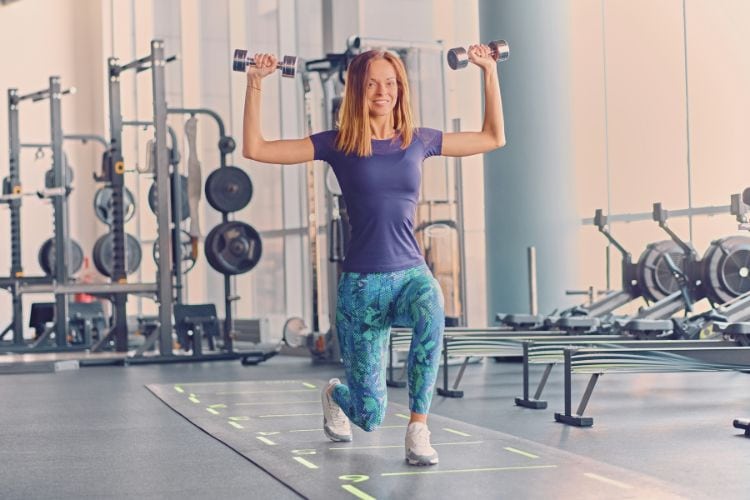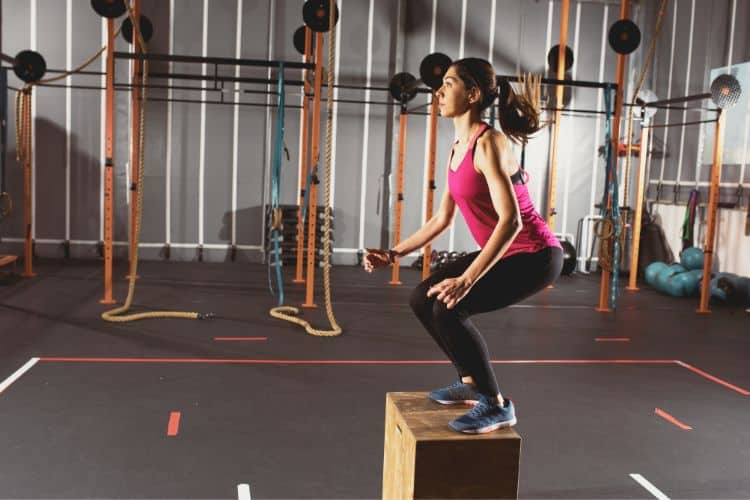Sign up for workout ideas, training advice, reviews of the latest gear and more.






Resistance exercise workouts involve any form of training where your muscles work against a force. This force can be your own bodyweight, resistance bands, dumbbells, barbells, machines, or even water resistance in a pool. The goal of resistance training is to increase muscle strength, size, endurance, and overall functional fitness.
Unlike cardio workouts that focus on heart and lung endurance, resistance workouts target the musculoskeletal system—making them essential for building a strong and balanced physique.
Resistance workouts stimulate muscle fibers by forcing them to contract against resistance. This leads to hypertrophy—muscle growth—while improving muscular endurance.
Muscle tissue burns more calories at rest than fat tissue. The more lean muscle mass you have, the higher your resting metabolic rate, leading to better fat loss and body composition.
Weight-bearing resistance exercises increase bone mineral density, reducing the risk of osteoporosis, especially in older adults.
Resistance training improves balance, coordination, and flexibility, which are crucial for daily activities like lifting groceries, climbing stairs, or playing sports.
Studies show that regular resistance training can reduce symptoms of anxiety, depression, and cognitive decline, while boosting self-esteem.
This includes exercises like push-ups, squats, lunges, and planks that use your own body weight as resistance. It’s ideal for beginners and those training at home.
Dumbbells, barbells, and kettlebells offer a versatile and progressive way to build strength. They engage stabilizing muscles more than machines.
Weight machines in the gym isolate specific muscles and are great for beginners who need guided movements.
These elastic bands provide varying levels of resistance and are portable and joint-friendly. They’re especially useful for rehab and toning exercises.
Systems like TRX use gravity and bodyweight to perform exercises in suspension. They improve core stability and strength.
To build a balanced physique, aim to target all major muscle groups: legs, chest, back, shoulders, arms, and core.
A fundamental movement pattern that builds glutes, quads, hamstrings, and calves. You can do bodyweight squats, goblet squats, or barbell back squats.
One of the most effective compound exercises. It works the posterior chain, including glutes, hamstrings, lower back, and traps.
Forward, reverse, or walking lunges develop unilateral strength and improve balance and core stability.
Great for building chest, triceps, and shoulders. Variations include incline, decline, and diamond push-ups.
Targets the pectorals, anterior deltoids, and triceps while allowing a greater range of motion than a barbell press.
Engage the lats, traps, biceps, and rhomboids. Use assistance bands or machines if you’re a beginner.
Builds strength in the deltoids and upper traps. Perform seated or standing for more core activation.
Strengthen the entire core, including the rectus abdominis, transverse abdominis, and obliques.
A rotational movement that targets the obliques and improves twisting strength and spine stability.
An anti-extension exercise that improves deep core strength and spinal control.
Perform 3 sets of 10–12 reps with 60 seconds of rest between sets.
Day 1 – Upper Body
2 – Lower Body
Repeat on Day 3 and 4 with slight variations
Day 1 – Push (Chest/Shoulders/Triceps)
2 – Pull (Back/Biceps)
3 – Legs
Repeat with variations
Increase weight, reps, or sets over time to continually challenge your muscles.
Use a notebook or app to log exercises, weights, and reps. This helps monitor progress and spot plateaus.
Perform each exercise with proper technique to prevent injury and maximize gains.
Muscles grow during rest, not during workouts. Allow at least 48 hours between training the same muscle group.
Every 6–8 weeks, reduce intensity or volume to allow your body to recover and avoid overtraining.
You don’t need expensive equipment to do resistance workouts. Here’s a simple home routine using minimal gear.
Many people focus solely on cardio for fat loss, but resistance training is equally—if not more—effective for long-term weight management.
Beginners can start with 2–3 full-body sessions per week. Intermediate to advanced lifters may train 4–6 times a week using splits.
A typical resistance workout lasts 30 to 60 minutes, depending on intensity, rest periods, and training volume.
Yes. Building large muscle mass requires specific training and nutrition strategies. For most women, resistance training leads to a lean, toned look and improved strength.
Resistance exercise workouts are not just for bodybuilders or athletes—they’re essential for every fitness level and age group. Whether you’re trying to lose fat, build strength, improve posture, or age gracefully, incorporating resistance training into your routine will transform your body and overall health.
It’s time to pick up those dumbbells, resistance bands, or simply use your own bodyweight and start moving with purpose.
Stay up to date on the latest women’s health, fitness and lifestyle trends and tips.